PRODUCTS
CONTACT US
Ningbo Nide International Co., Ltd.
一一
· Contact person:Jack Zeng
· Mob/Whatspp/WeChat:0086-13738869026
· Email:emarketing@nide-group.com;marketing4@nide-group.com
· Add:No. 169, Wohushan Road, Daqi Subdistrict, Beilun District, Ningbo, China

Nide team could manufacture ball bearing as per customer’s drawing and samples.
If customer only has samples, we could also design drawing fo r our customer.
We also provide customized service.
Our ball bearing is widely applied the different industrials.
Haishu Nide International Co., Ltd is located in Ningbo City, Zhejiang Province. It is a high-tech enterprise that integrates research and development, application, production, and sales. Mainly producing high-performance shaft,fan,ball bearing,insulation paper,carbon brush,magnet,commutator, etc. The product has a series of characteristics such as oil-free self-lubricating, wear resistance, corrosion and rust resistance, acid, alkali, salt and gas corrosion resistance, no magnetic and electrical insulation, high temperature and cold resistance, light weight, etc. It is widely used in industries such as water pump motor,air condition motor,washing machine motor,BLDC motor,electric automotive motor,single and three phase induction motor,servo motor,compress motor.
By ceaselessly improve our quality and, our products win high praise for our favorable price, excellent service and timely delivery. No matter before or after sales, from quality to price, we have the complete and professional management system.
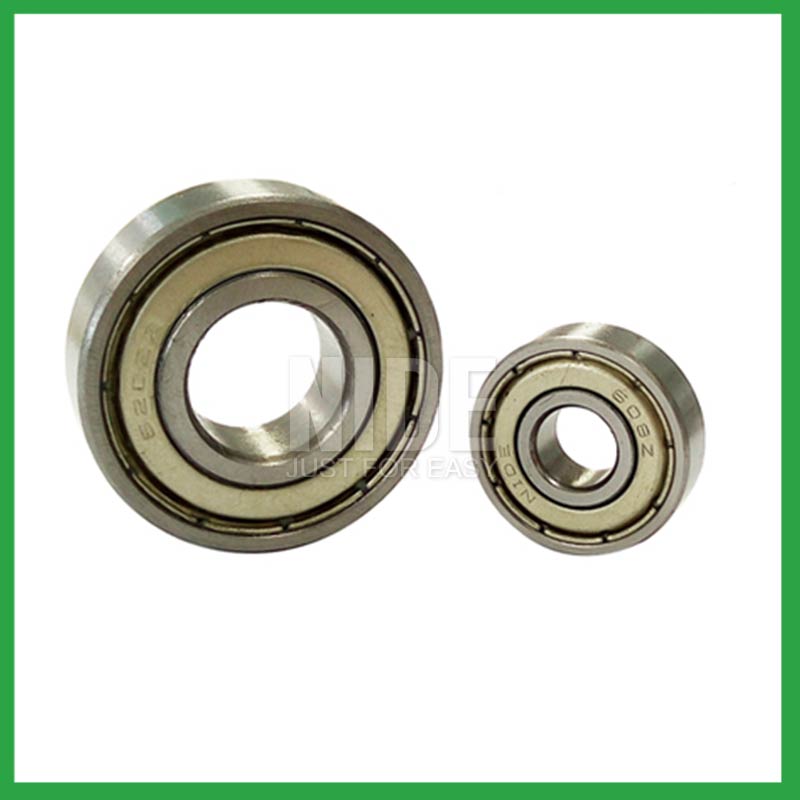
| Parameter | Information |
|---|---|
| Product Name | ball bearing roller |
| Brand Name | NIDE |
| Place of Origin | Ningbo,China |
| Material | stainless steel, etc. |
| Structure | Deep Groove |
| Color | Customized Color |
| Delivery Time | 5-7days |
| Port | Ningbo/Shanghai |
| Export region | Europe,Africa,Oceania |
| Export Country | India,Brazil,South Korea,Kazakhstan,Yemen,Estonia,Mayotte,Sierra Leone...etc |
| Application | machine tools,textile machinery, etc. |
| OEM/ODM | Acceptatble |
| Size | Customized size |
| Stock | In Stock |
| Feature | Low Noise,Good wear resistance...etc |
| MOQ | 10 pieeces(Specific according to the model) |
| Certification | ISO9001,CE-stator coil forming machine,CE-stator coil lacing machine,etc |
| Supply Ability | 100000-500000 Piece/Pieces per Month |
| Lubricate | Oil Grease |
| Packaging Details | Suitable for sea transportation |
| Lead time (days) | 15-20 (To be negotiated) |
Please note: The above table data is for reference only. For specific information, please contact us.
Bearings with ball bearings as rolling elements mainly include thrust ball bearings,angular contact ball bearings,self-aligning ball bearings,deep groove ball bearings, etc.
Before use, the model, size, and design of the ball bearing should be confirmed to ensure suitable application;
During installation, the installation load of the ball bearing should be minimized as much as possible to avoid unnecessary damage;
The bearing shaft and the bearing frame should be stable at the same time to avoid excessive tension.
Ball bearings have many advantages, making them highly competitive in the market.
Firstly, they are very durable and have good wear performance, making their service life longer than many other types of bearings.
Secondly, they are easy to install and can provide low friction performance in various applications.
Thirdly, they require a relatively low level of maintenance, making them cost-effective.
In addition, compared to many other types of bearings, their purchase cost is relatively low, making them an economical choice.




ball bearing roller---FAQs Guide
2.Are there ball bearing roller designed for use in critical medical equipment?
3.What is a ball bearing?
4.What are the advancements and innovations in ball bearing roller technology that have emerged in recent years?
5.What are the standard sizes and dimensions of ball bearing roller?
6.How do preload adjustments in ball bearing roller affect their performance and suitability for high-precision tasks?
7.What is the role of ball bearing roller in reducing friction and energy loss in rotating machinery?
8.What is the load distribution within a ball bearing roller, and how does it vary between different bearing configurations?
9.Are there ongoing research and development efforts aimed at improving ball bearing roller materials, designs, and lubrication techniques?
10.Are there hybrid ball bearing roller that combine steel rings with ceramic balls to optimize performance in demanding applications?
11.Can ball bearing roller be used in both vertical and horizontal orientations?
1.As a ball bearing roller manufacturer,Your product certifications?
ISO9001:2015 certificate,ISO 9001 Certification,CE-stator,etc.
2.Are there ball bearing roller designed for use in critical medical equipment?
Precision ball bearing roller are among critical components in medical devices that are vital to ensuring patient safety. Correct choice of suitable ball and ring materials and the right product design can ensure high-precision bearings — and medical devices — have a long service life.
Precision bearings are used in a wide variety of medical devices including surgical power tools, ventilators and heart pumps — and patient safety depends on them all. Whatever the device, there is an onus on medical device original equipment manufacturers (OEMs) to ensure that the right type of bearings are chosen, and fit precisely into the application.
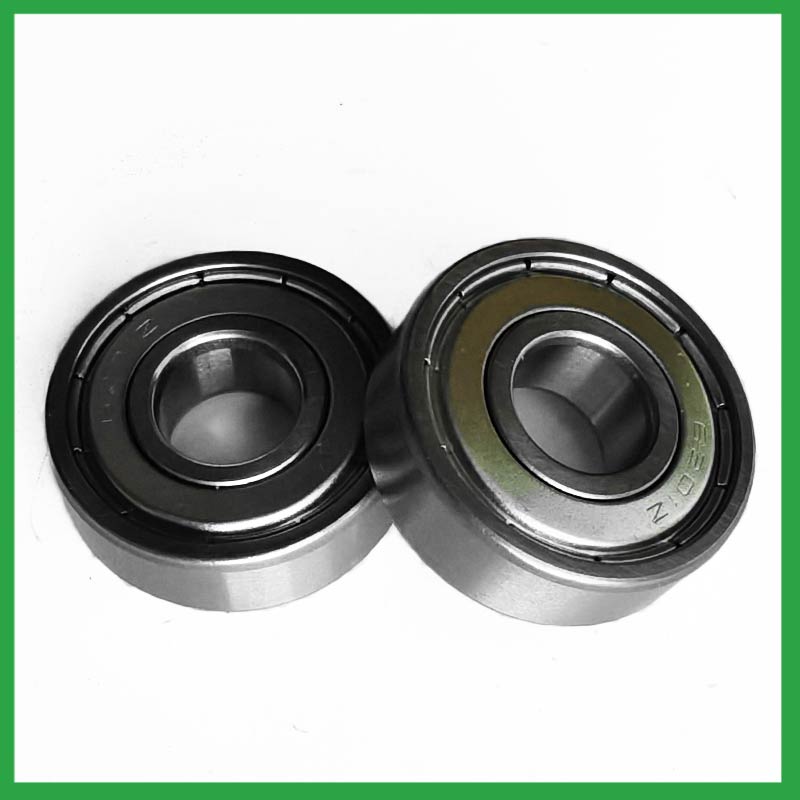
3.What is a ball bearing?
A ball bearing is a type of rolling-element bearing that uses balls to maintain the separation between the bearing races.
The purpose of a ball bearing is to reduce rotational friction and support radial and axial loads. It achieves this by using at least two races to contain the balls and transmit the loads through the balls. In most applications, one race is stationary and the other is attached to the rotating assembly (e.g., a hub or shaft). As one of the bearing races rotates it causes the balls to rotate as well. Because the balls are rolling they have a much lower coefficient of friction than if two flat surfaces were sliding against each other.
Ball bearings tend to have lower load capacity for their size than other kinds of rolling-element bearings due to the smaller contact area between the balls and races. However, they can tolerate some misalignment of the inner and outer races.
4.What are the advancements and innovations in ball bearing roller technology that have emerged in recent years?
Significant advancements have been made in ball bearing roller steels over the years. Modern, ultra-clean bearing steels contain fewer and smaller non-metallic particles, giving ball bearings greater resistance to contact fatigue.
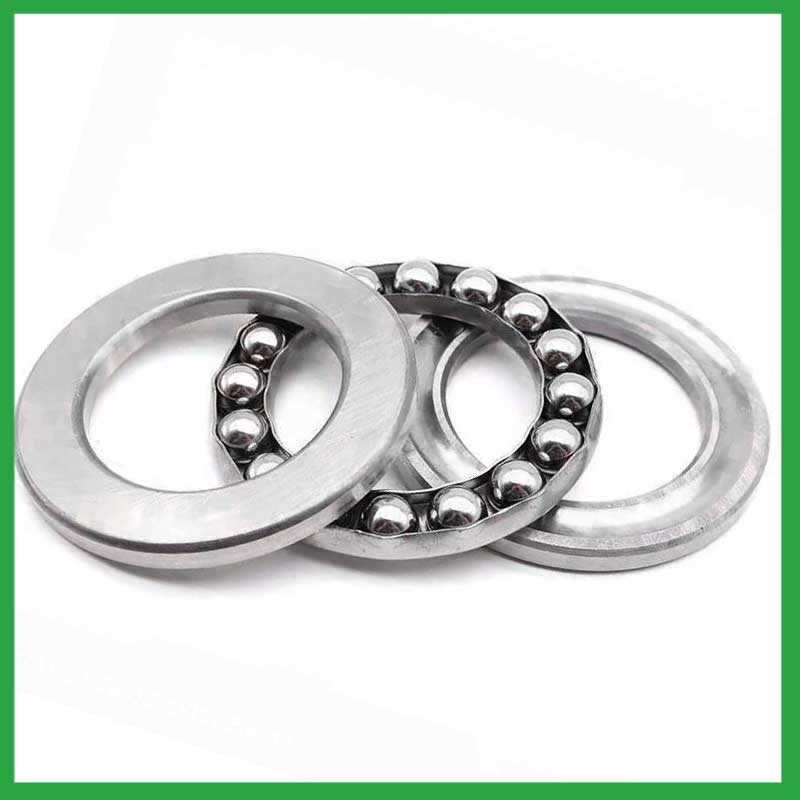
5.What are the standard sizes and dimensions of ball bearing roller?
ball bearing roller size charts are widely available, and can be used to find the measurements of a specific bearing. Series 6200 and 6300 are the most commonly used, and typically range from 10 x 30 x 9 mm (. 394 x 1.181 x . 354 in) to 150 x 320 x 65 mm (5.906 x 12.598 x 2.559 in).
6.How do preload adjustments in ball bearing roller affect their performance and suitability for high-precision tasks?
Benefits of Preloading a Bearing
Optimizes the ball spin to roll ratio.
Increases the rigidity of an application.
Protects from excessive ball skidding.
Decreases application vibration and sliding friction.
High running accuracy (even if load conditions keep changing)
Increases bearing load capacity.
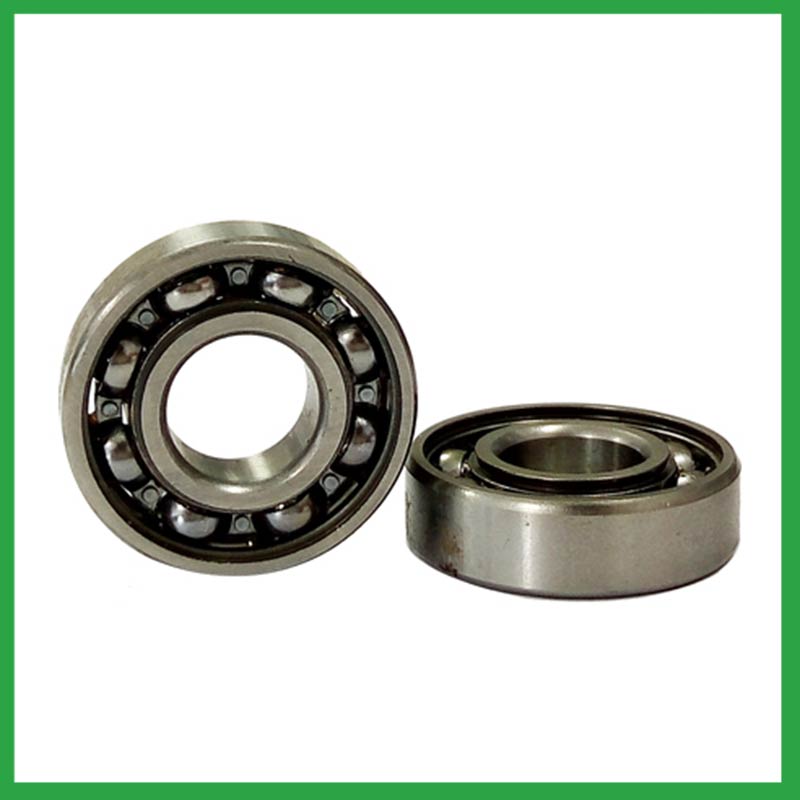
7.What is the role of ball bearing roller in reducing friction and energy loss in rotating machinery?
ball bearing roller reduce friction by using smooth balls lubricated with oil or grease that freely roll between a smooth inner and outer surface. The main concept of the ball bearing is that objects that roll past each other produce less friction than if the objects were sliding against each other.
8.What is the load distribution within a ball bearing roller, and how does it vary between different bearing configurations?
The load distribution between the rolling elements and raceway is crucial in performance evaluation of rolling element bearings. Determine the load distribution by measuring the strain response at the bearing surface with a notched housing. Finite element analysis shows that the introduction of notches does not affect the load distribution. An experimental system was developed to investigate the load distribution in a cylindrical roller bearing. The experimental static load distribution agrees well with the theoretical calculation. The dynamic load at specific position of load zone reflects the manufacture difference among rollers and dynamic balance of distributing loads.
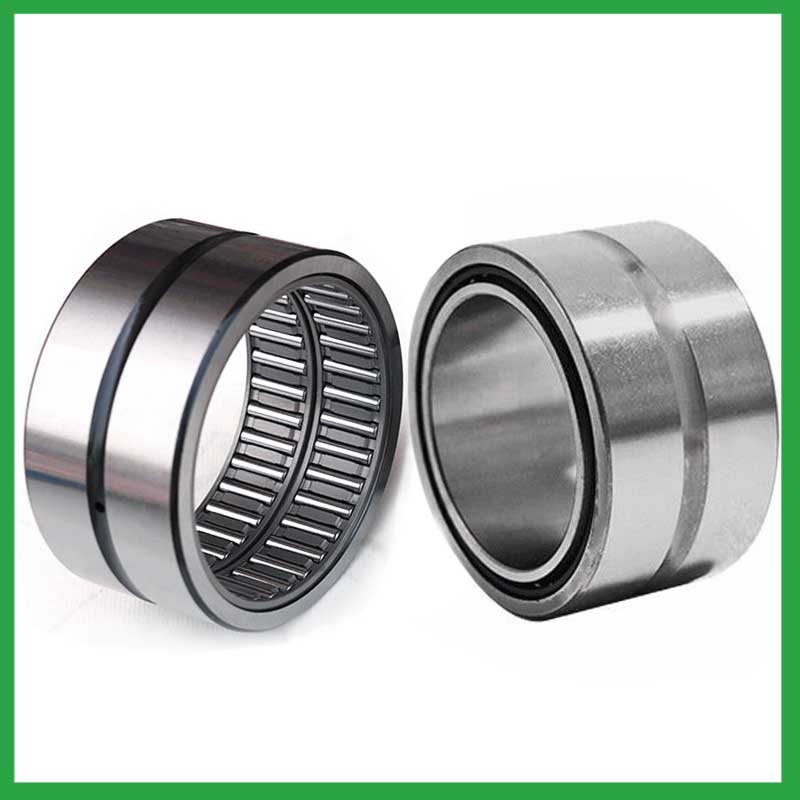
9.Are there ongoing research and development efforts aimed at improving ball bearing roller materials, designs, and lubrication techniques?
A custom ball bearing roller can satisfy almost any customer’s needs. Your application may need a needle roller or ball bearing, a radial or angular contact design, a plain carbon steel bearing with anti-corrosion coatings or stainless steel, a thrust bearing or a spherical bearing, tight or loose radial play, sealed or non-sealed designs
10.Are there hybrid ball bearing roller that combine steel rings with ceramic balls to optimize performance in demanding applications?
Hybrid Ceramic ball bearing roller. Ceramic ball bearings (also known as hybrid bearings) are the one component that'll easily optimize the performance of your application. Hybrid bearings have ceramic (silicon nitride, Si3N4) balls and 52100 bearing steel rings.
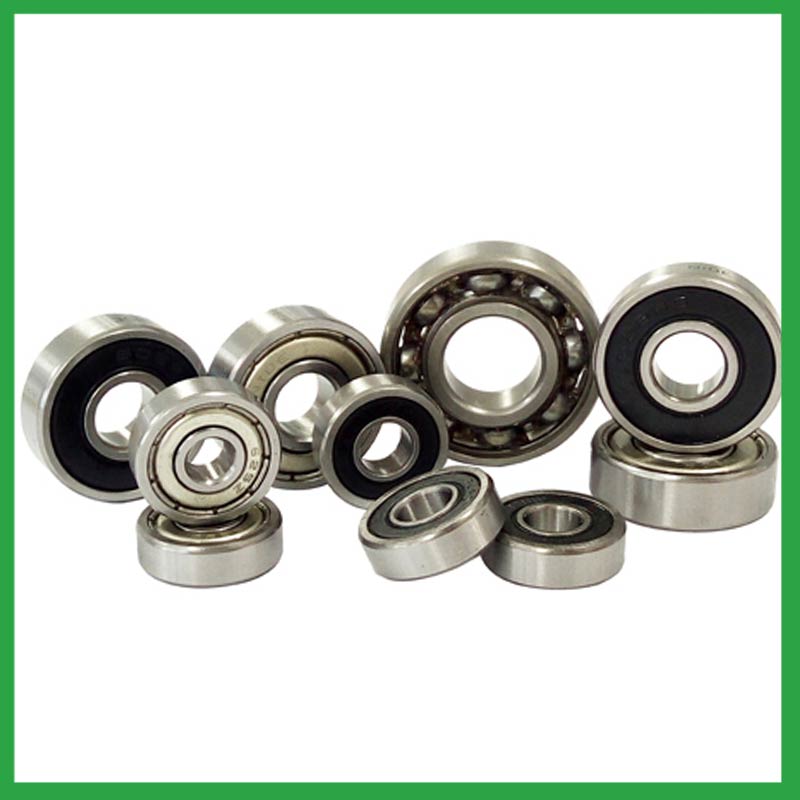
11.Can ball bearing roller be used in both vertical and horizontal orientations?
Sleeve Bearings: Sleeve bearings, also known as plain bearings, employ a simple yet effective mechanism. A cylindrical sleeve separates the rotating shaft from the stationary portion of the bearing, reducing friction and enabling smooth rotation. Sleeve bearings are characterized by their quiet operation, cost-effectiveness, and suitability for horizontal mounting orientations.
Ball Bearings: Ball bearings introduce small metal balls between the moving parts, providing enhanced durability and reduced friction. This design allows for smoother and more efficient rotation, making ball bearings well-suited for high-performance applications and vertical installations.

